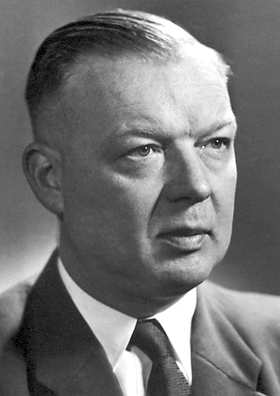For much of history, the human heart has been an in vivo mystery. Difficult to observe and vindictive when prodded, this pulsing ball of muscle is a tricky patient for physicians. The heart has long been the cranky neighbor of the operating room: It offers lots of commentary and complications but is difficult to silence and pacify. Heart disease is the leading cause of death in the United States, and further, a patient isn’t declared legally dead until the thing itself ceases to beat.
It’s 1929, and a German physician named Werner Forssmann is working on a theory. The beds of hospitals are commonly filled with patients with heart problems. Often, a fix isn’t possible: The heart is simply too finicky and unknown. However, Forssmann has a theory. What if he ran a catheter into the heart? A thin tube, threaded into a vessel or chamber by way of a surface vein, would allow drug delivery, X-ray imaging and real-time readings of vital signs such as blood pressure. He went to his head clinician and pitched his idea: He would anesthetize the lower arm, slowly snake a catheter into the right atrium of the heart and inject a dye so he could take X-ray images. His clinician told him that it was a fool’s errand and he could do no such thing to a patient. To that point, attempts to manipulate the heart had been met with spasms and failure. In the worst-case scenario, Forssmann would trigger a heart attack in the unlucky patient.
He was undeterred. The benefits, as he saw them, far outweighed the risk. So much so that, in enterprising fashion, he recruited a nurse and explained that if he couldn’t use patients, he could perform the procedure on her. She consented and helped him prepare for the procedure. After fastening her to the operating table, he walked away, anesthetized his own arm, sat extremely still and catheterized his own heart. He then unstrapped the nurse, and together they (gingerly, one imagines) walked down to the X-ray department. He then proceeded to take X-rays as promised.
Forssmann was essentially fired for his efforts. Not only was he let go from his position, he was also virtually blackballed by the teaching hospitals in his native Berlin. He then embarked on a very confusing 10 years; he switched specialties from cardiology to urology, became a medical officer for the Nazi Party, was captured and placed in an American POW camp, was released and became a lumberjack in a German forest.
In 1956, he won a Nobel Prize in Medicine for following up on his “what if.” Following his heart, if you will.
Jack Siglin is a junior physiology and neurobiology major. He can be reached at jsiglindbk@gmail.com.



